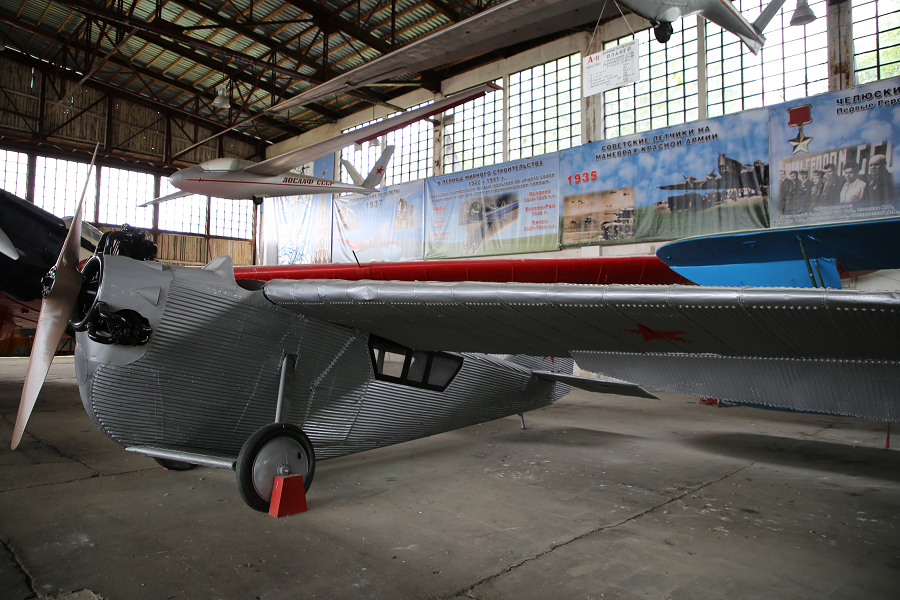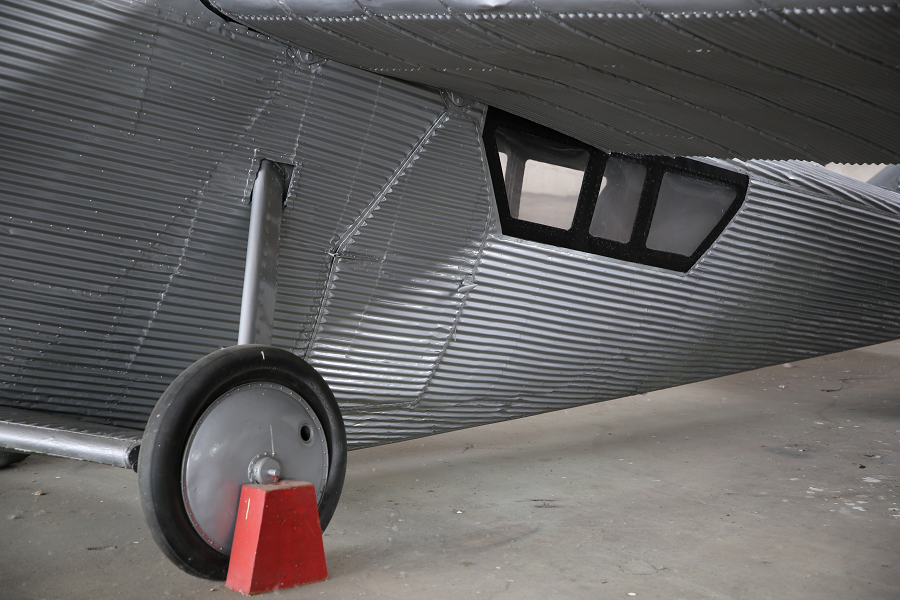Ant-2. A Soviet experimental airliner from 1924 equipped with Bristol-Lucifer piston engine.
The ANT-2 was the first all-metal aircraft designed by the Tupolev design bureau. A small passenger plane, it could carry two passengers in a cabin behind the pilot.
Andrei Tupolev saw the practicality of metal used in aircraft construction. Light metal alloys were more durable than wood and held up better in the severe Russian winters. In September 1922, a factory at Kolchuginsk, in the Vladimir region, approximately 121 km (75 mi) from Moscow, had fabricated a high-grade alloy, named Kolchugaluminum. A special commission was established on 21 October 1922, within Tsentralniy Aerogidrodinamicheskiy Institut (TsAGI) to be headed by Tupolev, charged with developing tests of the metal’s strength and establishing all-metal aircraft production. The design bureau had fifteen engineers, technicians, and draftsmen. The first components made at the bureau were used to train craftsmen in aircraft fabrication using the new materials.
The creation of duraluminum was regarded by Tupolev as the Soviet Union’s aviation industry’s birth. Building the required alloy-working skills was a challenge to Tupolev, TsAGI, and the factory in Kolchuginsk. Trialling the new materials on aerosleighs, boats, and gliders, they developed techniques not used at the time by the leader in the industry, Junkers, but which proved to be at least as effective.
Flight range – 425 km, max. speed – 155 km/h. Ceiling – 3300 m, passengers -3. First all metal airplane in the USSR.












